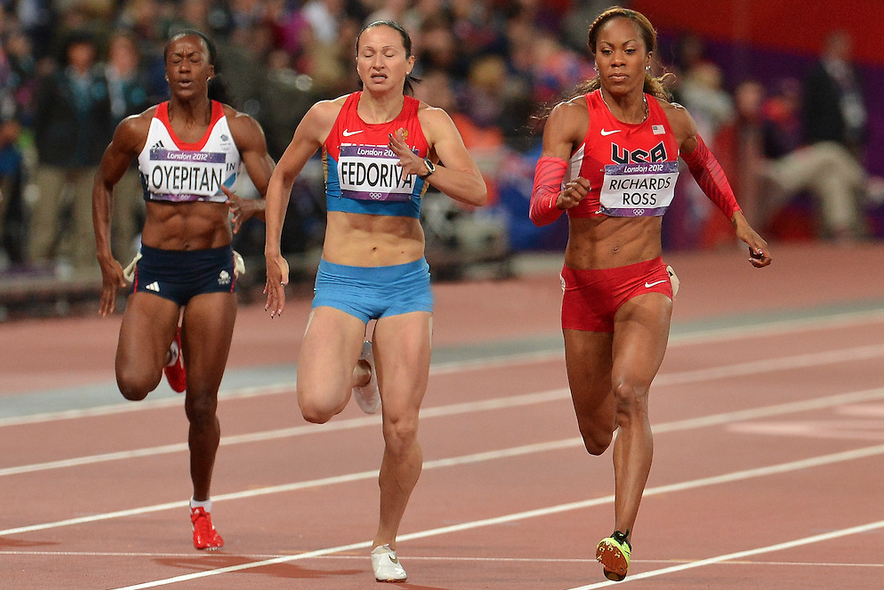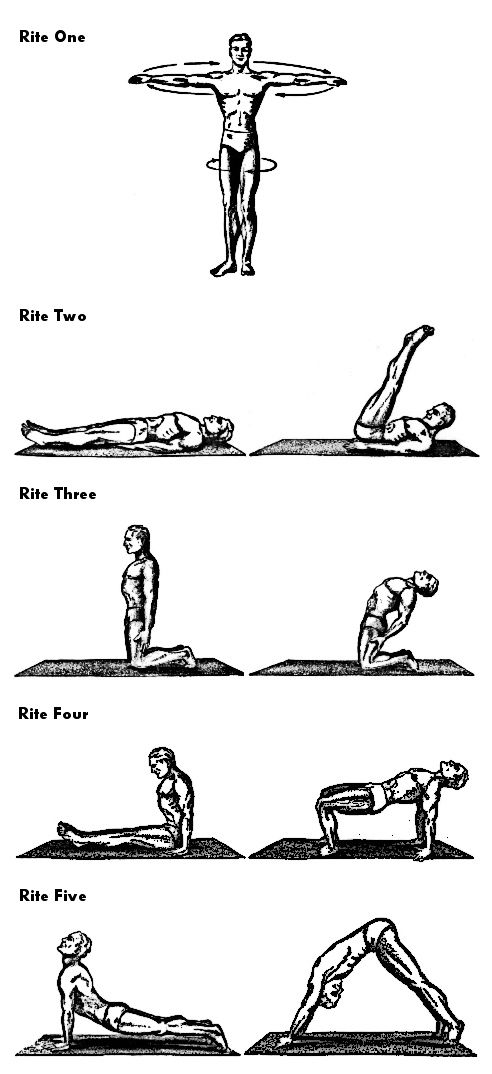Breath; The New Science of a Lost Art
My friend Maggi instructed me to breathe only through my nose during one of our more shivery walks in Vail last winter. It’s a trick she learned from this book to help regulate body temperature and it worked; I warmed up and stayed out longer. Impressed, I thought I better read the book, too, to see if there were any other life-hacks I could get from it. This is what I learned from Breath; The New Science of a Lost Art by James Nestor.
Main arguments of the book
No matter what we eat, how much we exercise, how resilient our genes are, how skinny or young or wise we are—none of it will matter unless we’re breathing correctly.
nasal breathing is far more healthy and efficient than breathing through the mouth.
The key to optimum breathing, and all the health, endurance, and longevity benefits that come with it, is to practice fewer inhales and exhales in a smaller volume. To breathe, but to breathe less.
Why the nose offers superior breath
the [nose] will heat, clean, slow, [moisturize] and pressurize air so that the lungs can extract more oxygen with each breath.
The interior of the nose, it turned out, is blanketed with erectile tissue, the same flesh that covers the penis, clitoris, and nipples.
And if that doesn’t get you riled up to breathe through your noise, I’m not sure what will.
Mouthbreathing causes the body to lose 40 percent more water.

How to improve athletic performance by breathing different
Simply training yourself to breathe through your nose … could cut total exertion in half and offer huge gains in endurance.
I tried nose-breathing while running and it does seem to work. It gets a little snotty, though. I also tried, and do not advise, nose-breathing while lifting heavy weights in the gym. Tightening core muscles is much harder to do while nose-breathing.
When we run our cells aerobically with oxygen, we gain some 16 times more energy efficiency over anaerobic.
What does Mr. James Nestor mean, ’16 times more energy efficiency’? I went to Google and I found this biology lesson, which says in its summary that “Aerobic processes produce up to 38 ATP per glucose. Anaerobic processes yield only 2 ATP per glucose.”
Finding the best heart rate for exercise is easy: subtract your age from 180. The result is the maximum your body can withstand to stay in the aerobic state.
The heart rate data I get from my Apple watch during my longer runs supports this claim.
Training the body to breathe less actually increases VO2 max
Breathing way less delivered the benefits of high-altitude training at 6,500 feet, but it could be used at sea level, or anywhere. Over the years, this style of breath restriction has been given many names—hypoventilation, hypoxic training, Buteyko technique, and the pointlessly technical “normobaric hypoxia training.” The outcomes were the same: a profound boost in performance.* Not just for elite athletes, but for everyone. Just a few weeks of the training significantly increased endurance, reduced more “trunk fat,” improved cardiovascular function, and boosted muscle mass compared to normal-breathing exercise. This list goes on.
TLDR; holding your breath at low lung volume during exercise is diabolical but also an effective method for improving athletic performance.
The footnote associated with this quote is about Sanya Richards Ross, who was an Olympic sprinter who practiced hypoventilation training and breathed through her nose during races. She does look pretty badass nose-breathing next to these mouth-breathers.

The book mentions the Five Tibetan Rites Which I had never heard of before. They look like yoga stretches. They are supposed to have a range of health benefits, including expanding lung capacity.

Oxygen
when a man or animal breathes oxygen, or [air] enriched with oxygen, no more of that gas is consumed, no more heat is produced and no more carbon dioxide is exhaled than when air alone is breathed.
…because…
It turns out that when breathing at a normal rate, our lungs will absorb only about a quarter of the available oxygen in the air. The majority of that oxygen is exhaled back out.
…thus…
the pure oxygen a quarterback might huff between plays, or that a jet-lagged traveler might shell out 50 dollars for at an airport “oxygen bar,” are of no benefit.
A person’s blood oxygen level is practically a constant despite variables like muscular exertion, heart rate, and breathing rate, assuming the person has a healthy cardiovascular system.
This leads to the idea that…
By taking longer breaths, we allow our lungs to soak up more [oxygen] in fewer breaths.
And, therefore, breathing more slowly means breathing more efficiently.
James and his friend Olsson perform their own experiment to demonstrate that slow breathing is efficient breathing. Olsson hooks up to a bunch of medical equipment that read out his vital signs. He breathes normally for a while, at 18 breaths per minute. Then he slows his breathing to 6 breaths per minute.
A minute later, Olsson’s [carbon dioxide] levels are 25 percent higher than they were just a few minutes ago … his blood pressure drops about five points and heart rate sinks to the mid-60s. What hasn’t changed is his oxygen.
And later, during a stationary bike exercise, James finds that
no matter how slowly I breathed or how hard I pedaled, my oxygen levels held steady at 97 percent.
Carbon dioxide
So oxygen is generally a constant, and it is instead carbon dioxide that acts as a regulator.
our bodies determine how fast and often we breathe, not by the amount of oxygen, but by the level of carbon dioxide.
Carbon dioxide also had a profound dilating effect on blood vessels
This quote appeals to the weightlifter in me. Get that blood flowing!!
The absence of carbon dioxide can be detrimental.
Whenever the body is forced to take in more air than it needs, we’ll exhale too much carbon dioxide, which will narrow the blood vessels and decrease circulation, especially in the brain. With just a few minutes, or even seconds, of overbreathing, brain blood flow can decrease by 40 percent, an incredible amount.
There’s an astonishing and sad history of a canine study on p. 76. The breathing rate of dogs was controlled. As the breathing rate increased,
heart rates of the animals quickly [increased] from 40 up to 200 or more beats per minute. The dogs would eventually have so much oxygen flowing through their arteries, with so little carbon dioxide to offload it, that muscles, tissues, and organs began failing. Some dogs would spasm uncontrollably or drift into a coma. If Henderson kept pumping more air in, the animals became so full of oxygen and so deficient in carbon dioxide that they died. Henderson killed dogs with their own breath.
Breathing techniques
One of the takeaways I got from this book is that, whenever possible, we should all be practicing “Coherent Breathing” which is
5.5-second inhales followed by 5.5-second exhales, which works out almost exactly to 5.5 breaths a minute.
Humming increases the release of nitric oxide in the nasal passages 15-fold.
I know nitric oxide as something athletes will take to boost oxygen uptake in their muscles. It’s in a lot of pre-workouts. I should try humming on my way to the gym more often.
The right nostril is a gas pedal. When you’re inhaling primarily through this channel, circulation speeds up, your body gets hotter, and cortisol levels, blood pressure, and heart rate all increase.
Inhaling through the left nostril has the opposite effect: it works as a kind of brake system to the right nostril’s accelerator.
I’ve practiced breathing slow deep breaths through my left nostril before going into some tense work meetings. 11/10 I recommend this life hack. I believe that it has improved my ability to control my emotions in situations like that.
Professional surfers, mixed martial arts fighters, and Navy SEALs use Tummo-style breathing to get into the zone before a competition or black ops mission.
Tummo is one of the “Breathing+” techniques the book explores. There are crazies out there like Wim Hof who have used this technique to keep themselves warm as they scale the Himalayas in their skivvies.
Breathing really fast and heavy on purpose … shoves us into a stressed state. It teaches us to consciously access the autonomic nervous system and control it, to turn on heavy stress specifically so that we can turn it off and spend the rest of our days and nights relaxing and restoring
This is a natural way to achieve
vagus nerve stimulation, and it’s highly effective for patients suffering from anxiety, depression, and autoimmune diseases.
The appendix (p. 219) has lots more breathing techniques, but this is one I had to copy here for easy reference:
Decongest the Nose
- Sit up straight and exhale a soft breath, then pinch both nostrils shut.
- Try to keep your mind off the breathholding; shake your head up and down or side to side; go for a quick walk, or jump and run.
- Once you feel a very potent sense of air hunger, take a very slow and controlled breath in through the nose. If the nose is still congested, breathe softly through the mouth with pursed lips.
- Continue this calm, controlled breathing for at least 30 seconds to 1 minute.
- Repeat all these steps six times.
Building up a “potent sense of air hunger” and then taking a slow inhale through my nose works surprisingly well to clear my nasal passages when I get stuffed up.
Mouth stuff
Our ancient ancestors chewed for hours a day, every day. And because they chewed so much, their mouths, teeth, throats, and faces grew to be wide and strong and pronounced. … Food in industrialized societies is so processed that it hardly requires any chewing at all. … The constant stress of chewing that is lacking from our diets … is one of the reasons so many of us snore today, why our noses are stuffed, our airways clogged.
The more we gnaw, the more stem cells release, the more bone density and growth we’ll trigger, the younger we’ll look and the better we’ll breathe.
Any gum chewing can strengthen the jaw and stimulate stem cell growth, but harder textured varieties offer a more vigorous workout. Falim, a Turkish brand, is as tough as shoe leather and each piece lasts for about an hour.
It starts at infancy. The chewing and sucking stress required for breastfeeding exercises the masseter and other facial muscles and stimulates more stem cell growth, stronger bones, and more pronounced airways. Until a few hundred years ago, mothers would breastfeed infants up to two to four years of age, and sometimes to adolescence. The more time infants spent chewing and sucking, the more developed their faces and airways would become, and the better they’d breathe later in life. Dozens of studies in the past two decades have supported this claim. They’ve shown lower incidence of crooked teeth and snoring and sleep apnea in infants who were breastfed longer over those who were bottle-fed.
Thought 1: Breastfeeding to adolescence? I’ll take the crooked teeth.
Thought 2: I looked up current recommendations about how old a baby should be when they stop breastfeeding. I found that the World Health Organization recommends a baby be “exclusively breastfed for the first 6 months of life” and then they should continue to breastfeed along with eating and drinking other things until they are at least 2 years old.
The earliest orthodontics devices weren’t intended to straighten teeth, but to widen the mouth and open airways.
Interestingly enough,
Teeth will grow in naturally straight if they have enough room.
But the process of expanding a mouth took expertise and maintenance; results varied depending on the skill of the dentist. It didn’t help that these devices were miserable and awkward to wear.
By the 1940s, it became standard practice for dentists to extract teeth then crane back the remaining top teeth with headgear, braces, and other orthodontic devices. Fewer teeth were easier to handle and offered more consistent results.
However,
A smaller mouth might be easy for dentists to manage, but it also offered less room to breathe.
Here is an instructional video on mewing.
I get heebie jeebies watching this guy in the video, so I can’t take any of it seriously. But I’ll put the link here because the book discusses mewing.
Tidbits about the human body
In the 1980s, researchers with the Framingham Study, a 70-year longitudinal research program focused on heart disease, attempted to find out if lung size really did correlate to longevity. They gathered two decades of data from 5,200 subjects, crunched the numbers, and discovered that the greatest indicator of life span wasn’t genetics, diet, or the amount of daily exercise, as many had suspected. It was lung capacity.
During rest, about 750 milliliters of blood—enough to fill a full wine bottle—flows through the brain every minute.
For every ten pounds of fat lost in our bodies, eight and a half pounds of it comes out through the lungs; most of it is carbon dioxide mixed with a bit of water vapor. The rest is sweated or urinated.
About three-quarters of modern humans have a deviated septum clearly visible to the naked eye, which means the bone and cartilage that separate the right and left airways of the nose are off center.
The bones in the human face don’t stop growing in our 20s, unlike other bones in the body.
The internal organs are malleable, and we can change them at nearly any time.
Breathing is easier through the nostril opposite the pillow.
Weightlifters frequently deal with sleep apnea and chronic breathing problems; instead of layers of fat, they have muscles crowding the airways. Plenty of rail-thin distance runners and even infants suffer, too.
Other fun facts
On average, we live three times longer than people in the Industrial Age.
The Sanskrit word asana originally meant “seat” and “posture.” It referred both to the act of sitting and the material you sit on. What it specifically did not mean was to stand up and move about. The earliest yoga was a science of holding still and building prana through breathing.
exposure therapy is a technique that exposes patients repeatedly to their fears so that they become more accepting of them. It’s highly effective but takes a while, usually involving many long sessions over weeks or months
I’m surprised this is real, it sounds like torture.
For a thousand years, Parisians had buried their dead at the center of the city, mostly in a plot of land that became known as Holy Innocents’ Cemetery. After hundreds of years of use, Holy Innocents’ became overcrowded, and the dead were stacked in warehouses on top of one another. Those warehouses became overcrowded too, until the walls collapsed and spilled decomposing bodies into city streets. With nowhere to put the dead, Parisian authorities instructed limestone miners to dump them into wagons and wheel them into Paris’s quarries. As new limestone quarries were dug out to build the Arc de Triomphe, the Louvre, and other great buildings, more bodies went underground. By the turn of the twentieth century, there were more than 170 miles of quarry tunnels filled with millions of skeletons.
A group called “cataphiles” have been exploring the nether regions of this place since entering the quarries became illegal in 1955.
Some cataphiles had built private clubhouses within the limestone walls; others hosted weekly subterranean dance clubs.